10+ sources of sustainable fashion to delve into before saying you’re green


It is a matter of fact that, in academic environments, students are encouraged to think critically and ethically about fashion and its complex industry. But when exploring the hot topic of sustainability, they get overwhelmed by the amount of circulating materials. This confusion is quite common if the research does not start with the right tools to navigate the polluted ocean of sustainability resources.

Project by Assel Idenova, Fashion Styling & Creative Direction student at Istituto Marangoni London
That’s why Istituto Marangoni London is launching a new MA course in Responsible Fashion this October: a cross-disciplinary Master’s programme, it will provide an essential space for students with fashion design, textiles, business or other relevant backgrounds to gain knowledge, critical thinking and problem-solving capacities required to innovate new responsible fashion systems that radically reimagine fashion for a new Symbiocene era that supports positive change. Students will rethink the fashion industry’s future in philosophical, theoretical, experimental and practical ways to find innovative solutions to our challenges and develop ways to use fashion may as a vehicle for positive change.
Meanwhile, we aim to disclose the research matter and provide advice to help the students identify academic resources and use keywords and materials accessible at the Istituto Marangoni Library London and not only.
Is this a fashion revolution? How to start your research on sustainable fashion or whatever it means
Searching is a matter of understanding the research aim: what are you looking for? The struggle is real just by approaching the confusing terminology around the overused word ‘sustainability’.
If we want to go back to the foundation of the terminology, you may want to start from the United Nations web page, where the definition was born in 1987.
The importance of sustainable keywords
Below is a short list of keywords that researchers should get familiar with while studying sustainability. However, books are also a tool for understanding sector-specific terminology, and academic books always end with a glossary.
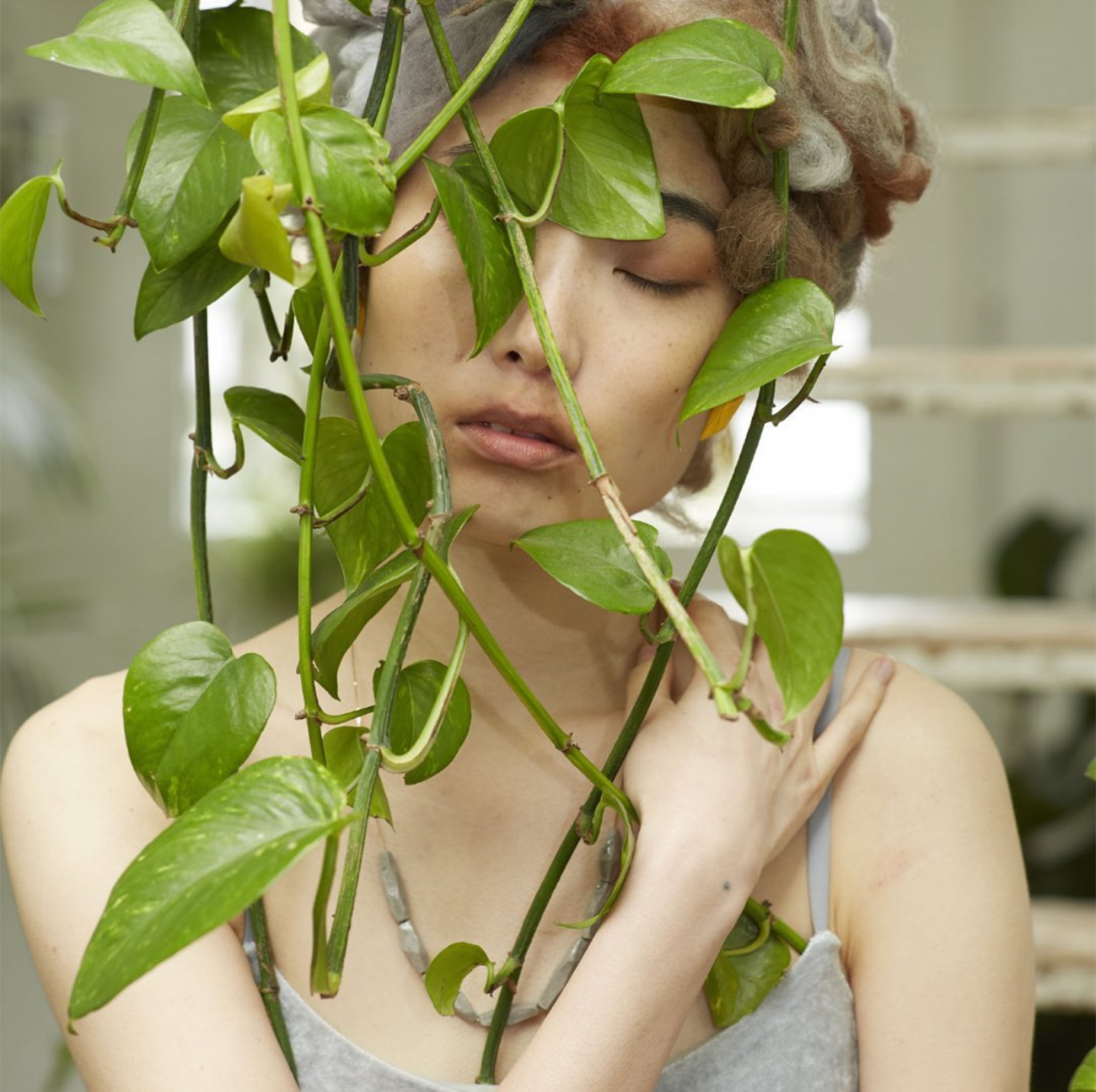
Project by Naoi Magaki, Fashion Styling & Creative Direction student at Istituto Marangoni London
- Circular economy
- Conscious fashion
- Cruelty-free
- Ethical fashion
- Eco-friendly
- Fairtrade
- Fairtrade
- Fast fashion
- Green Washing
- Organic
- Recycling
- Responsible fashion
- Second hand
- Slow fashion
- Transparency
- Traceability
- Upcycling
- Vegan
Source: Fashion for Good. A group of campaigners, fashion professionals, scientists, writers and developers have come together to drive change in the sector. You can use this website to get in touch with game chargers for primary research interviews.
Let’s surf leading digital authorities such as reliable websites and global platforms promoting fashion responsibility and activism by mobilising consumers, brands and policymakers through research, education and advocacy
“We love fashion. But we don’t want our clothes to exploit people or destroy our planet. We are coming together as a global community to bring our manifesto into reality” – The Fashion Revolution Week 2023 Manifesto
Fashion Revolution is a global movement founded by Carry Somers and Orsola de Castro in response to the tragedy on 24 April 2013 in Bangladesh, where the Rana Plaza clothing manufacturing complex collapsed, destroying more than 1000 lives. Ten years have passed since then, but the ethical discrepancy in fashion production is still far from being fully responsible. Therefore, the FRW movement aims to create an impact, sharing awareness that includes ethical manifestos, resources for students and educators, consumer survey reports, courses and brand guidelines. It is worth using it as a free accessible response to global issues and participating as a game changer locally to a world call-to-action, active on social media and events.
On a more Governmental policy, students should consult the Sustainable Clothing Action Plan 2020 by WRAP, a climate action NGO working around the world, established in the UK in 2000 and now working in 40+ countries to tackle climate change crises
For an update on the state of the fashion industry, Istituto Marangoni Students also have access to BoF-Business of Fashion and Vogue Business, online fashion industry publications that explore the impact of fashion business from different perspectives with an analytical point of view. Again, sustainability is an umbrella collection of articles and data analysis produced by a team of journalists to lead the conversation on sustainability in fashion, workers’ rights, materials, supply chain and CSR. These are updated regularly, so they are good resources to take abreast with cutting-edge news.
Academics matter: To learn more about sustainability, check out academic books and journals offering critiques of the fashion industry and eco-friendly solutions
The resources mentioned above could not be considered academic even though they are still relevant, and students need to recognise the difference between online editorial publications and educational books or journals.
One effective way to identify trustworthy sources is by checking if they provide reference lists revealing where the information comes from. Academic institutions and publishers generally publish literary sources on scholarly societies’ websites.
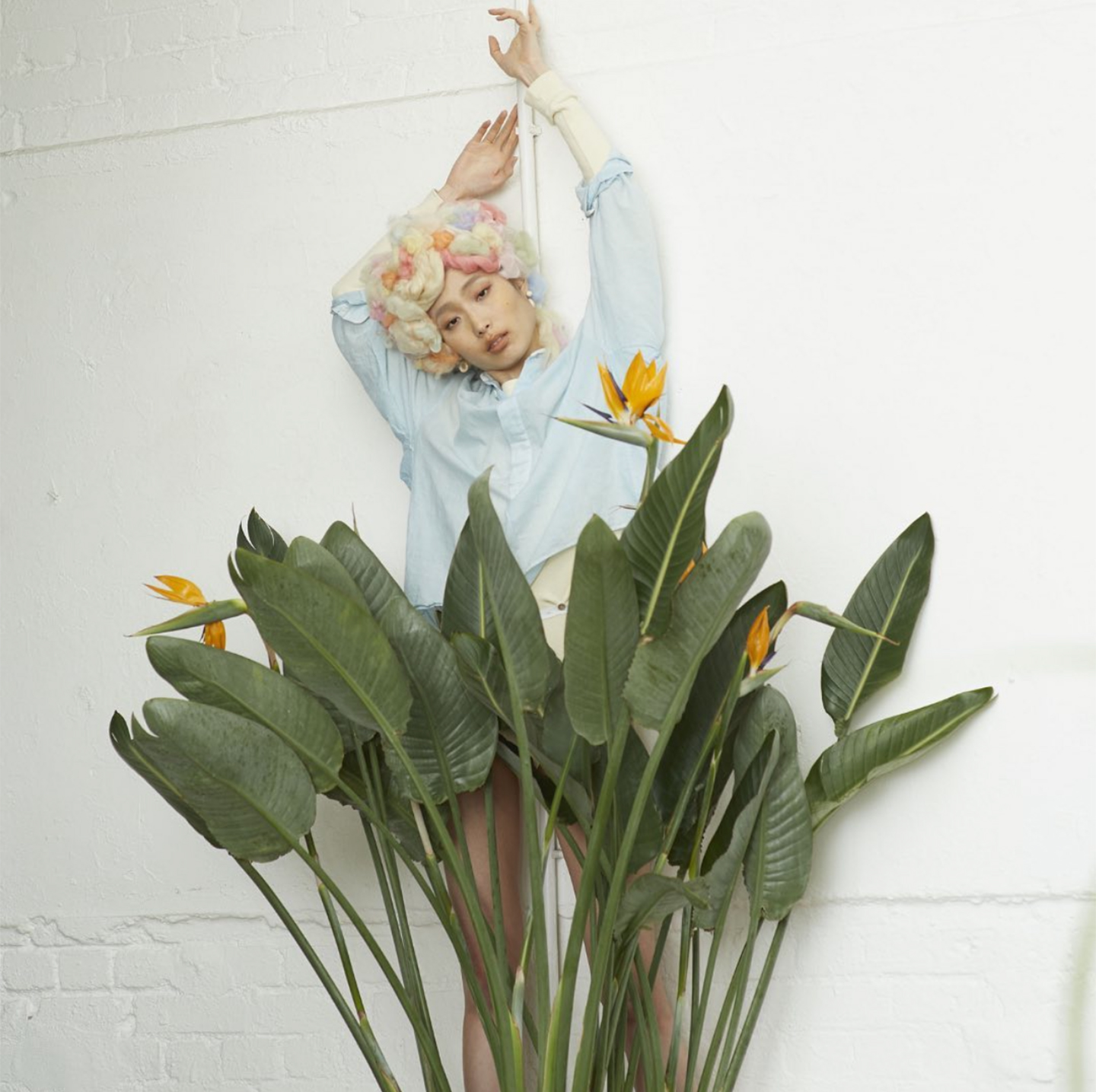
Project by Naoi Magaki, Fashion Styling & Creative Direction student at Istituto Marangoni London
At Istituto Marangoni London, students have access to Taylor&Frances journals and books, Emerald e-journals and Ingenta Connect e-journals, among many others available on open access platforms (Google Scholar is a good tool portal for research on the web, though it should not be confused for a source).
Students can combine keywords and research tools to access recent and archived publications online and be guided to a related article transversally, getting familiar with the academic writing style.
Scripta manent: Read more about sustainability on paper! Top 7+7 must-read sustainable fashion books and recent publications to add to your reading list
- Ghebreab, S. and Heale, S. (2023) Responsible Fashion Business in Practice: Sustainable Concepts and Cases across the Fashion Industry. Mastering Fashion Management. London: Routledge. (Available in the London Library and as an e-book)
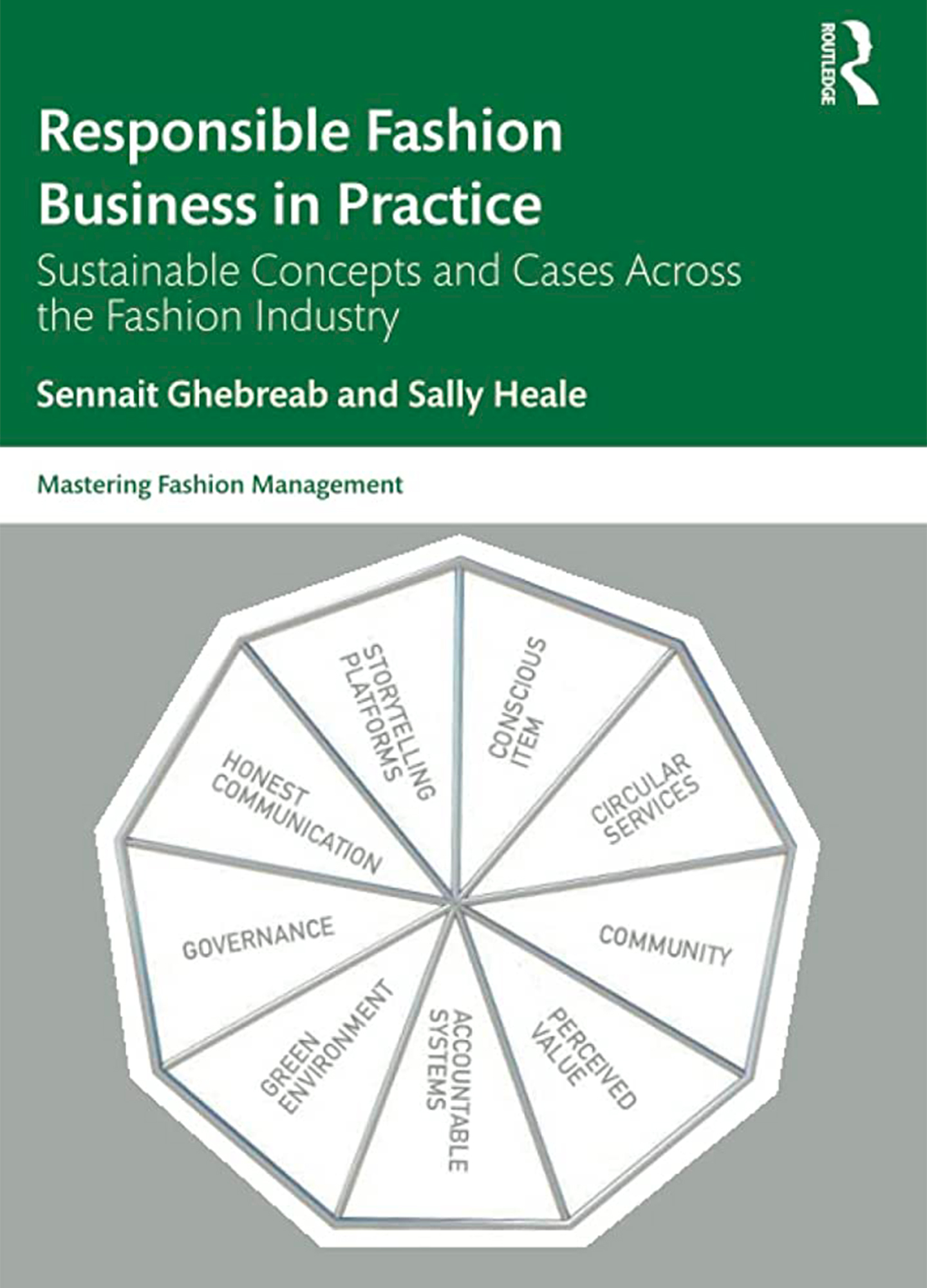
Lecturers designed this book with the students’ and practitioners’ needs in mind. Authors Sennait Ghebreab, Istituto Marangoni’s BA Fashion Business Programme Leader, and Sally Heale, tutor, summarised that “this unique text offers a holistic, insightful and timely exploration of sustainable practices across the fashion industry”. The book leads readers to the new Responsible 9 Framework™ with contemporary case studies from global brands and leading fashion experts.
- Muthu, SS (ed.) (2022) Sustainable Approaches in Textiles and Fashion: Circular Economy and Microplastic Pollution, Springer, Singapore. (Available in the London Library and e-book)
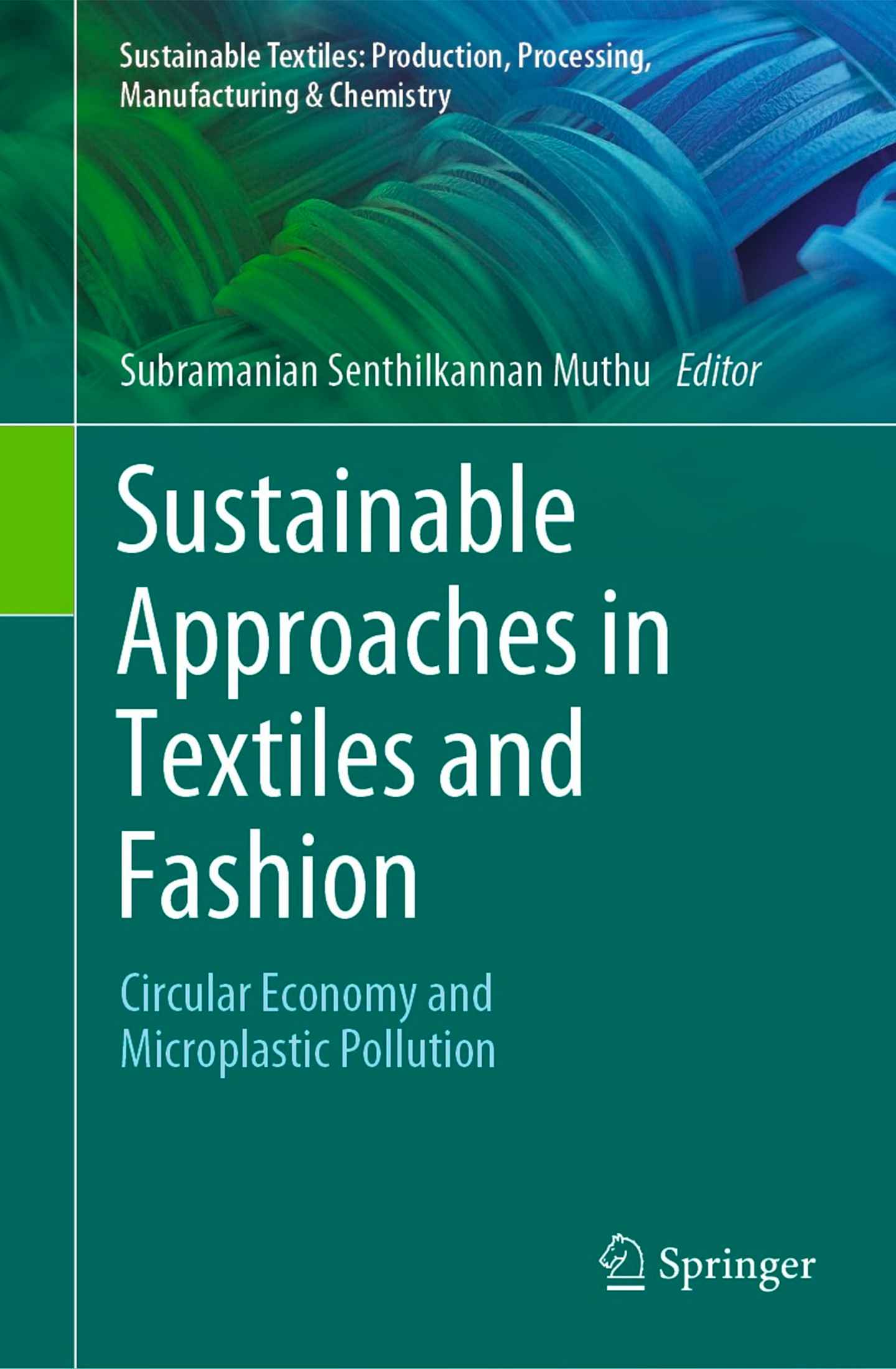
This solid academic resource is part of a series of new publications and is available as an e-book. The series addresses all issues related to sustainability through the lifecycles of textiles, from manufacturing to consumer behaviour through sustainable disposal. This volume, in particular, comprises eight contributors’ essays that cover studies on microplastic pollution environment issues, circular fashion in India, virgin polyester denim, zero waste history, recycling polyethene and natural resources. For the essay format, this book is a perfect tool to develop academic writing skills, with keywords and the use of references.
- Gwilt, A., Payne, A. and Ruthschilling, E.A. (eds.) (2019) Global perspectives on sustainable fashion. First edition. London: Bloomsbury Visual Arts. (Available in the London Library and as e-book)
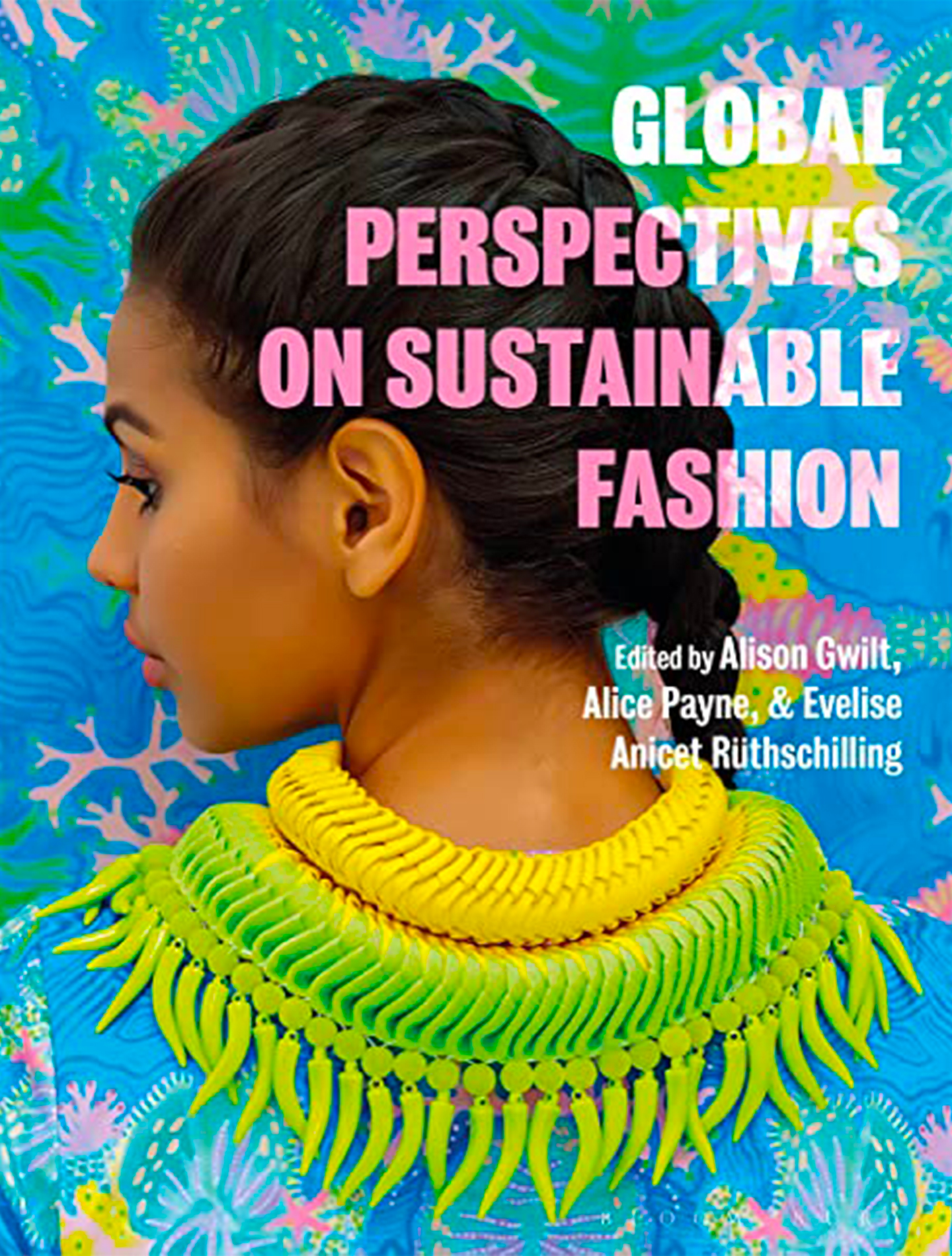
I recommend this book to everyone who wishes to understand the whole picture of the issue and approach fashion with a view to local, cultural and environmental issues, as it collects eighteen essays focusing on six world regions (Asia, Africa and the Middle East). It is a perfect academic book with research methods, structures and case studies, so I use it as an example to develop writing skills.
- Fletcher, K. (2014) Sustainable fashion and textiles: design journeys. Second edition. London: Routledge. (Available in the London Library and as e-book)
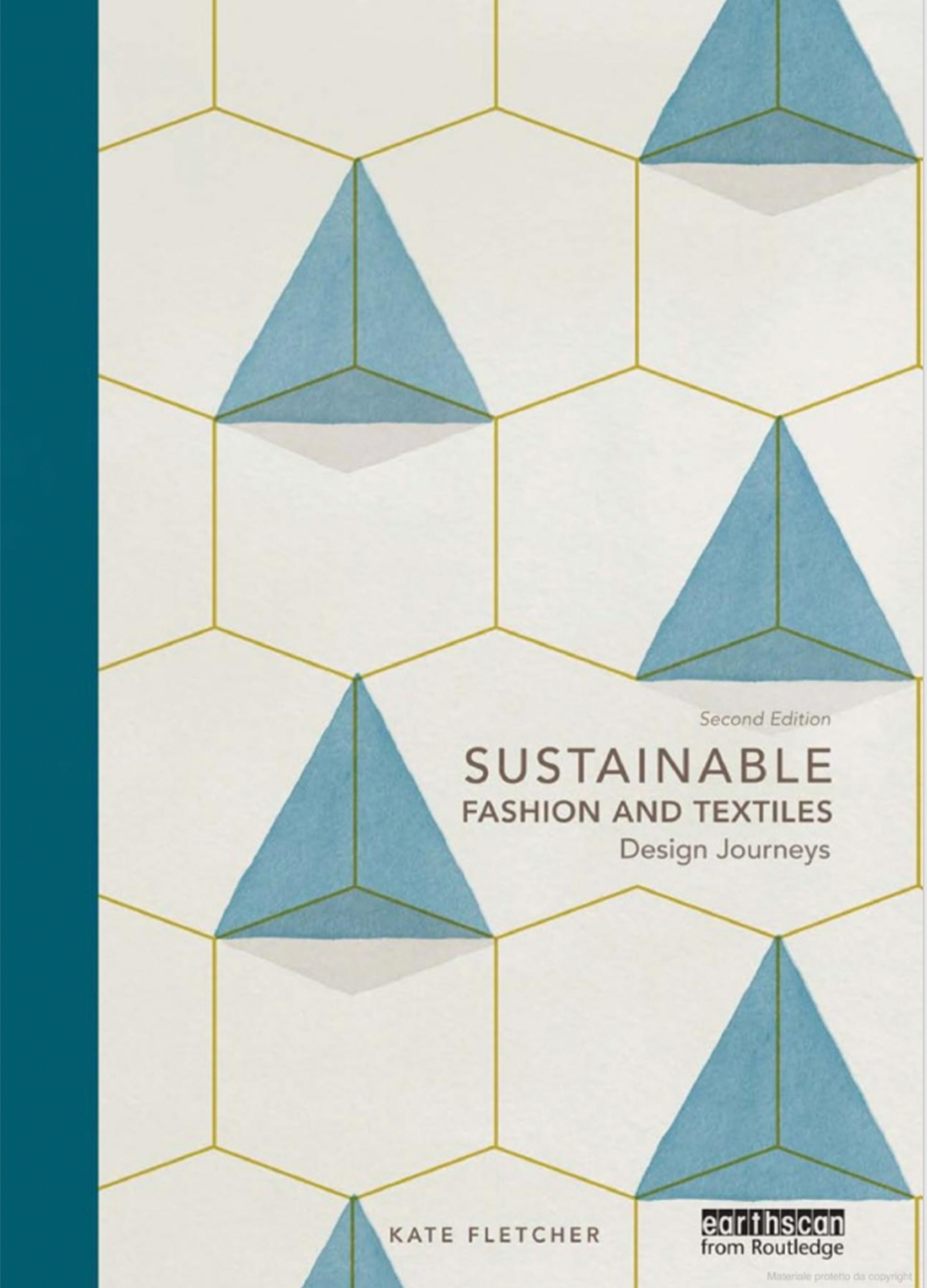
It may not be a recent publication, but it is an essential book for ideas and new perspectives on fashion design and sustainability. Author Kate Fletcher is an expert researcher in the field with original thinking and a progressive outlook on the future development of fashion design as a promoter of social change. It covers issues impacting lifecycle sustainability, practical alternatives, ecological concepts and social innovation. A highly recommended read.
- Fletcher, K. (2019) Wild dress: clothing & the natural world. Axminster, Devon: Uniformbooks. (available in the London Library)
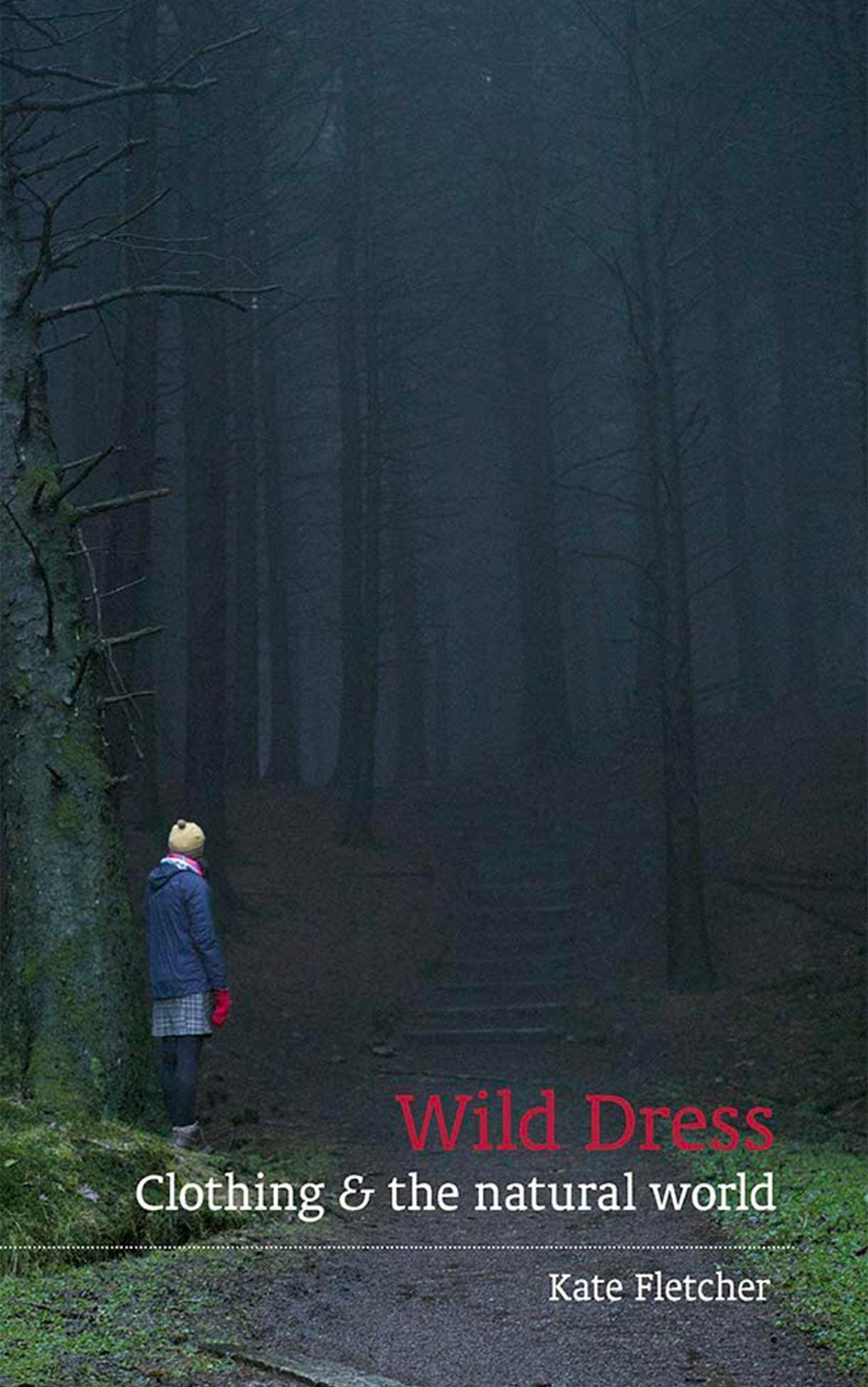
Author Kate Fletcher wrote this other book, which is a self-written life story on clothing and nature, so it is not academic in that sense but recommended for Master’s students looking for dissertation topics. It is a personal account that frames garments into a bigger ecological picture and covers the relationship between humans and the natural world, based on the theory we live in the so-called Anthropocene Epoch.
- Ellis, E.C. (2018) Anthropocene: a very short introduction. First edition. Oxford, United Kingdom; New York: Oxford University Press. (Available in London Library)
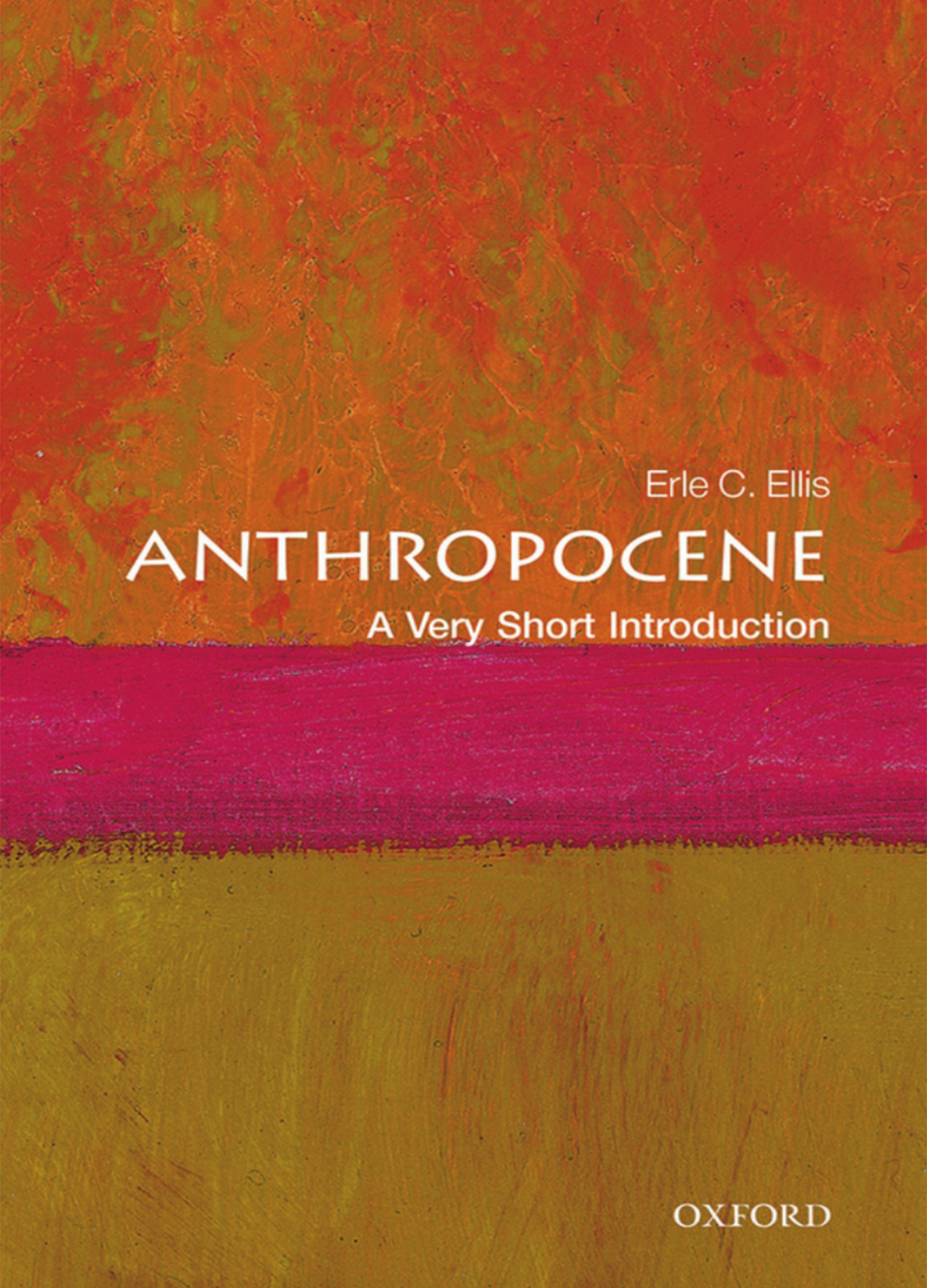
If students want to delve into the Anthropocene Epoch, this book is an excellent start to understanding the definition.
- Treggiden, K. (2020) Wasted: when trash becomes treasure. Brussels: Ludion. (Available in the London Library)
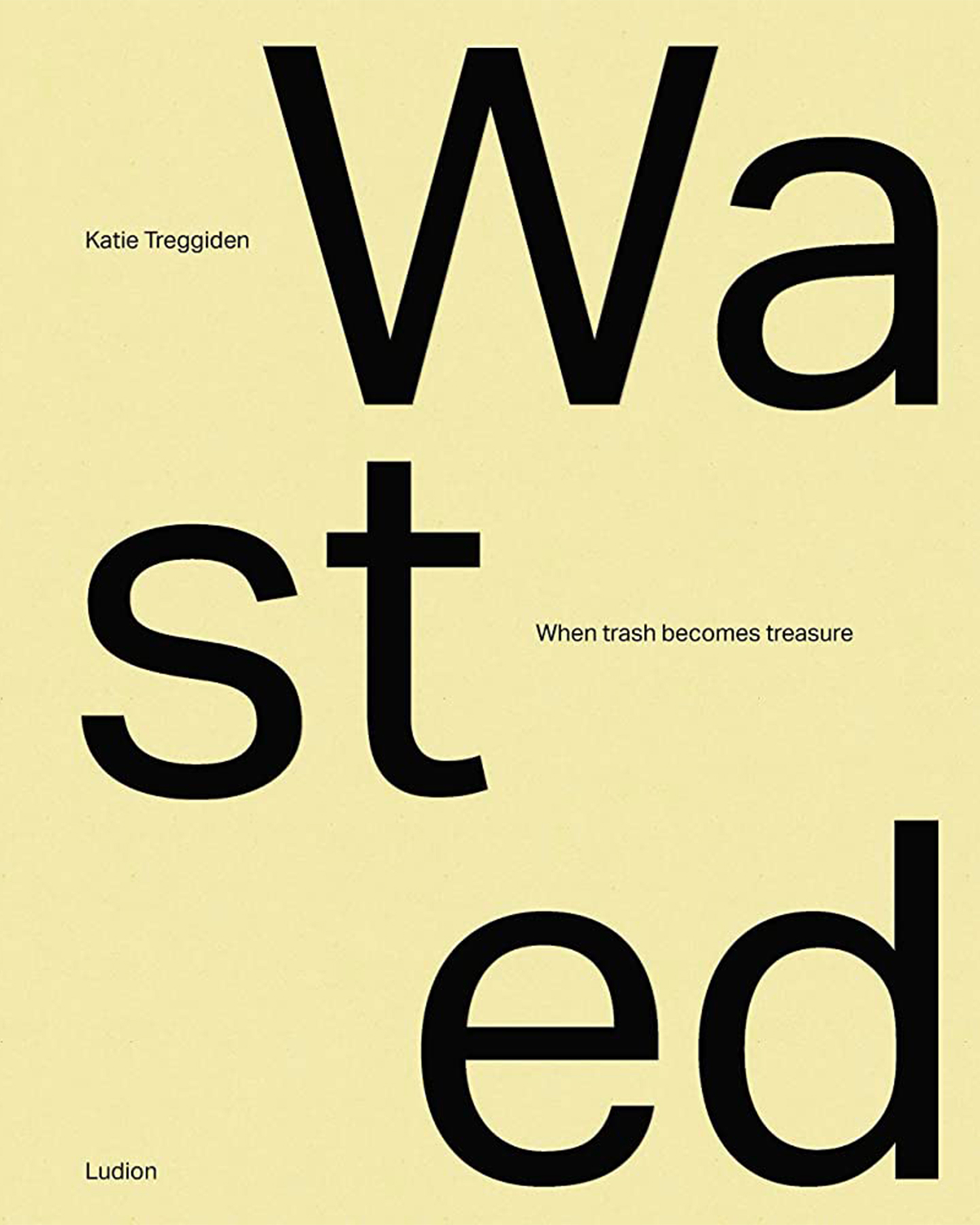
This book celebrates 30 optimistic and enterprising designers, makers and manufacturers who use waste as their primary resource. Through six in-depth and thematic essays, it explores their works’ social, cultural and environmental implications.
- Blum, P. (2021) Circular fashion: making the fashion industry sustainable. London: Laurence King Publishing. (Available in the London Library)
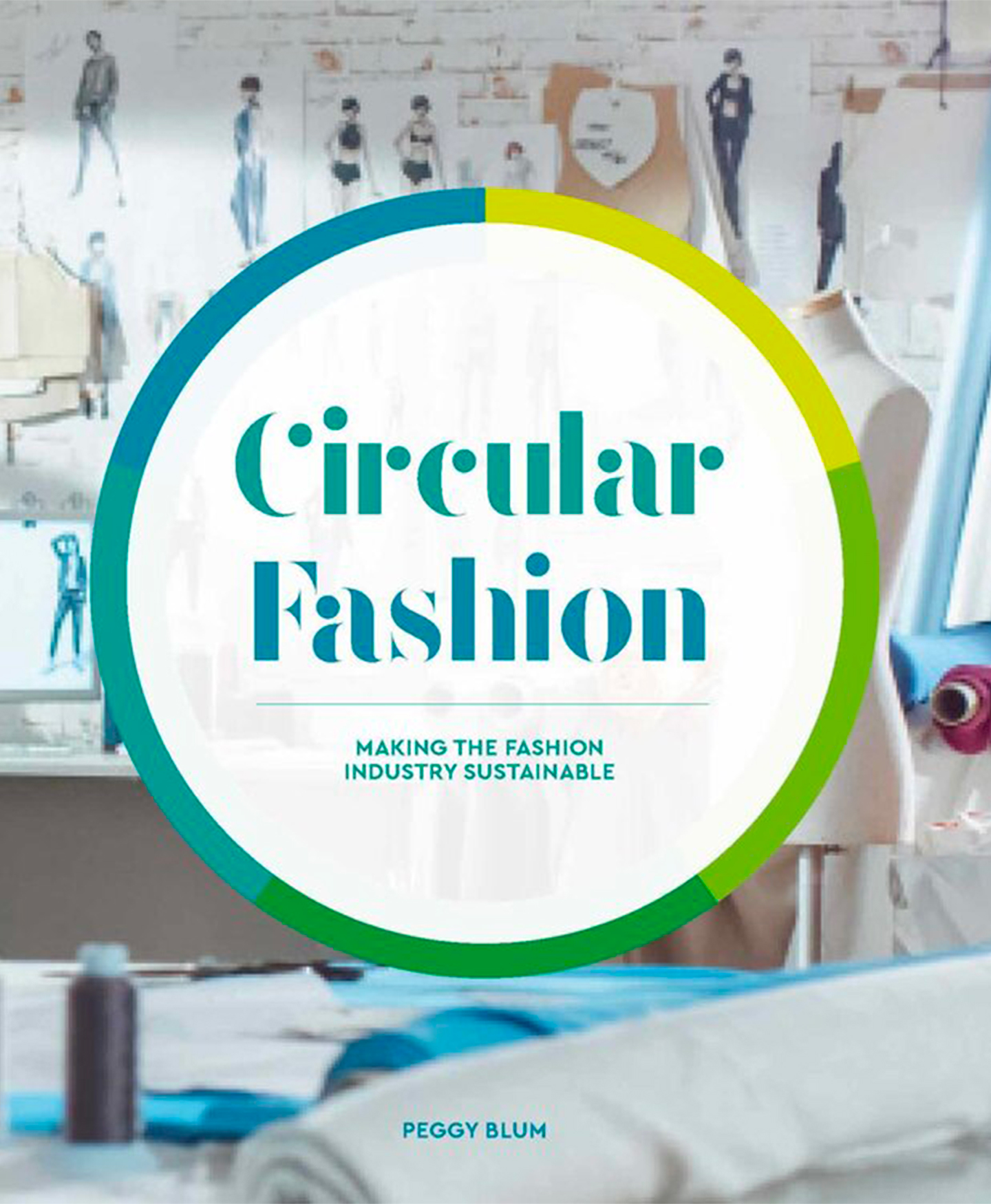
This practical book introduces the reader to the challenges and opportunities involved in industry transformation. The introduction is crucial in providing a historical context for the fashion industry’s evolution, making it easier to approach the topic. It then shifts to the present time, mass production and waste, with a clear explanation of the current supply chain model with data and definitions. Through visuals and critical questions, it challenges the reader to think differently about consumption. In 5 sections, the book shapes the circular mindset – create, make, market, use/care/repair, renew – with different case studies per section and a helpful glossary at the end.
- Sustainable fashion: responsible consumption, design, fabrics, and materials. (2021) Barcelona: Promopress. (Available in the London Library)
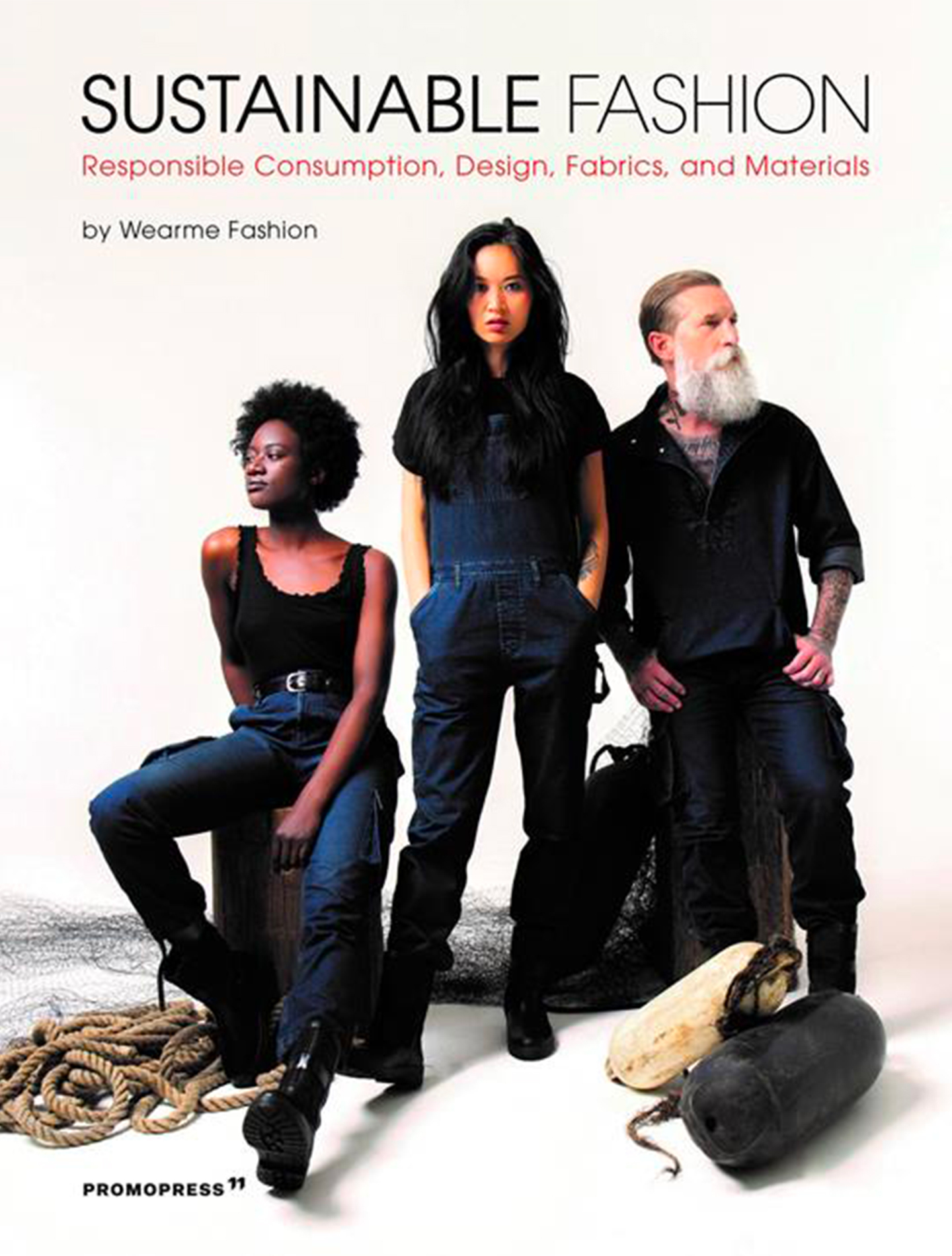
A collective overview of experts in the sector, this book was curated by Wearme Fashion’s founder Vera Artemyeva. With more than 50 contributors, this tool gives students real examples of responsibility for the fashion industry and who is involved in the sustainability challenge. It covers society and fashion, the responsible consumption business model, design and style, as well as fabrics and materials.
- Ceschin, F. and Gaziulusoy, ç. (2021) Design for sustainability: a multi-level framework from products to socio-technical systems. London: Routledge. Routledge focus on the environment and sustainability. (Available in the London Library and open access from Taylor and Frances)
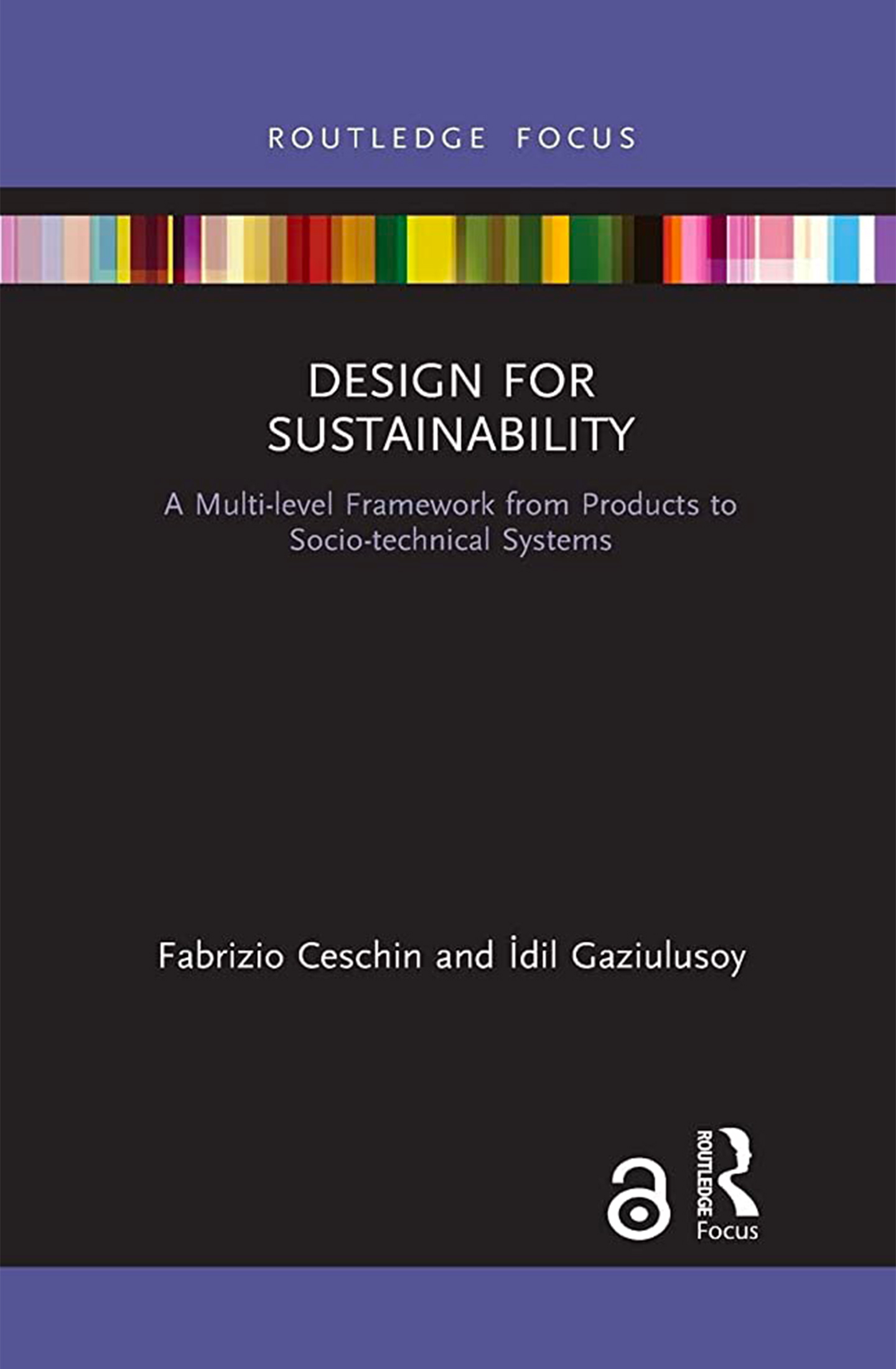
Here is an academic source that delves into design applications for sustainability from an evolutionary perspective, offering a thorough discussion on the topic. It is recommended for fashion design MA students to delve into the academic debate on green design, eco-design, emotionally durable design and sustainable behaviour, cradle-to-cradle design inspired by nature and biomimicry design, social involvement and much more.
- Black, S. (2008) Eco-chic: the fashion paradox. London: Black Dog Publishing. (Available in the London Library)
.jpg)
This book is dated but an excellent resource for fashion designers and business students as it investigates the relationship between fashion and environmental awareness. The chapters focus on fabrics and textiles, garments and brands that use traditional weaving, dying and printing processes, as well as advanced technology. It can be used as a go-to manual for the main fibre types. At the end of the book, you will find a handy resource section of the listed organisations, labels and brands.
- Heuer, M, & Becker-Leifhold, C (eds) 2017, Eco-Friendly and Fair: Fast Fashion and Consumer Behaviour, Taylor & Francis Group, Milton. (Available as an e-book)
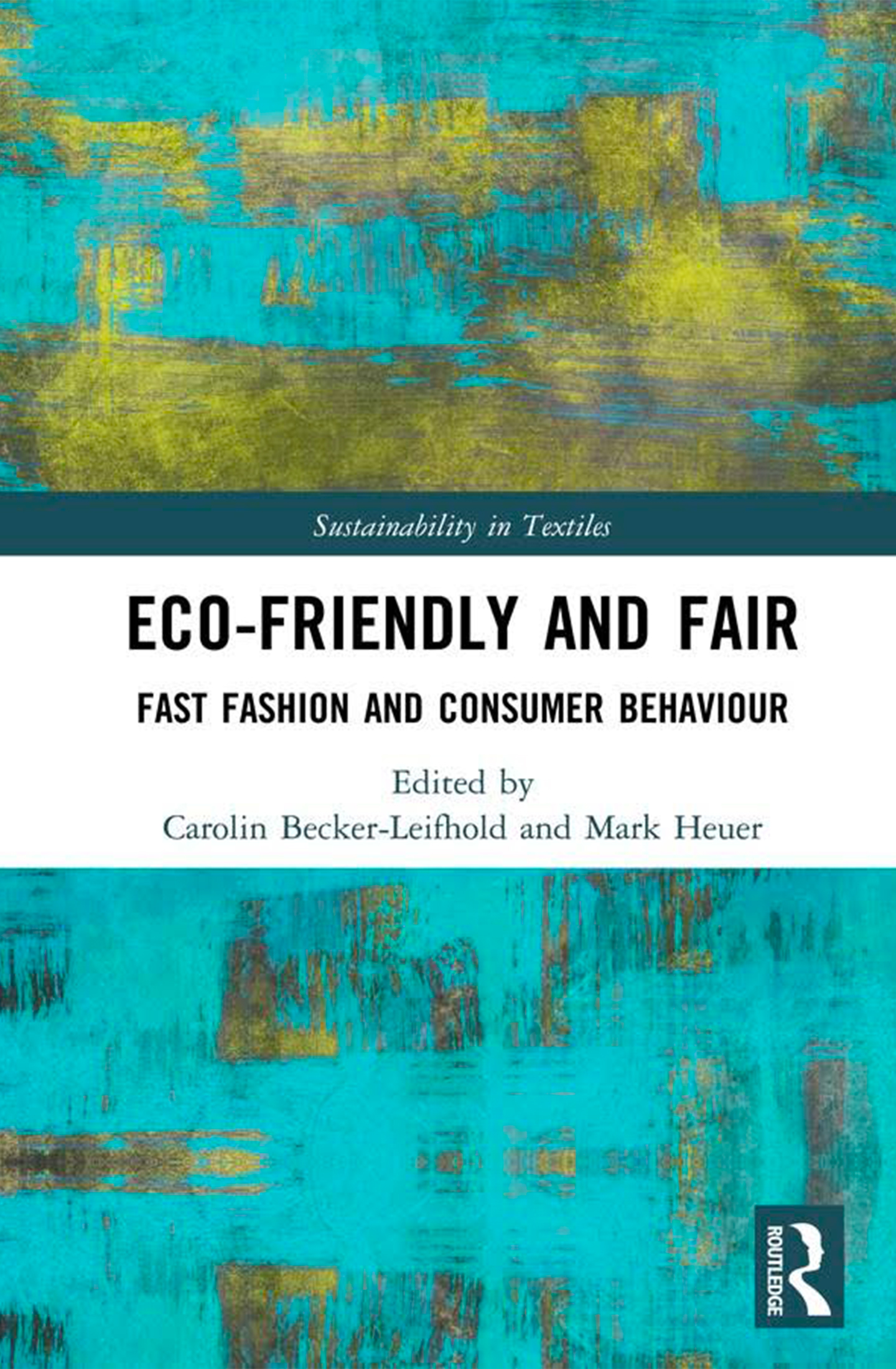
This book is great for Business students who want to investigate fast fashion’s make-take-waste paradigm, from the manufacturer to consumers’ behaviours, coming up with alternative consumption models with critical thinking. Therefore, it is a recommendable source to support opinions on the current debates.
Bloomsbury Fashion Central is a great resource for publications; the London Library granted free access to Bloomsbury e-books (and printed book collections as well). Students have online access to a rich e-library, which they can search by keywords to call out book chapters and related content, including images from designers and runaways.
- Gwilt, A. (2014) A practical guide to sustainable fashion. London: Fairchild Books, an imprint of Bloomsbury Publishing Plc. (Basic fashion design). Available (available on Boolosmbury online)
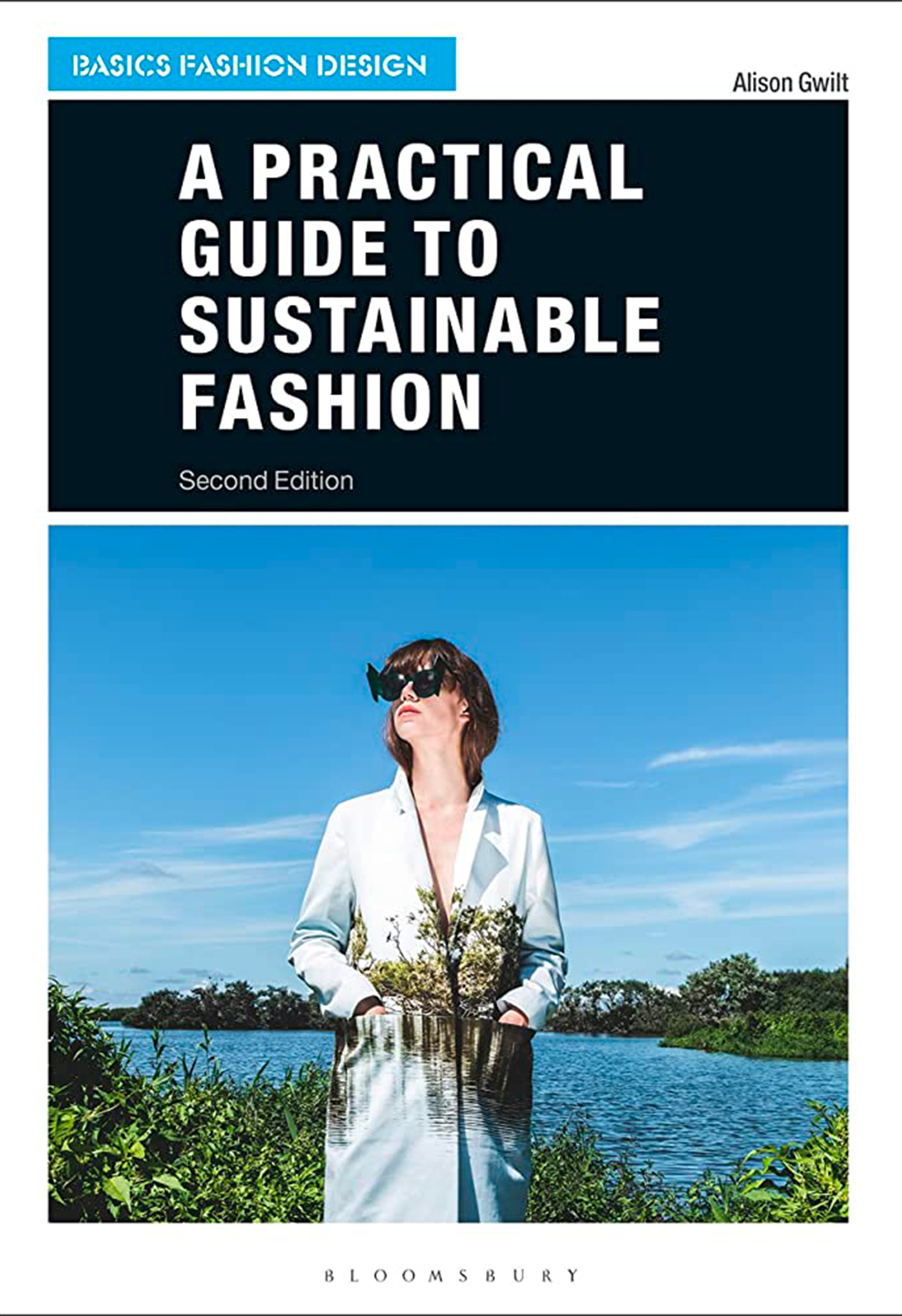
This is a perfect book for first learners as it helps new designers build an opportunity to promote sustainability in the making process of the fashion practice cycle.
- Burns, L.D. (2019) Sustainability and Social Change in Fashion. New York: Fairchild Books. (Available online on Bloomsbury)
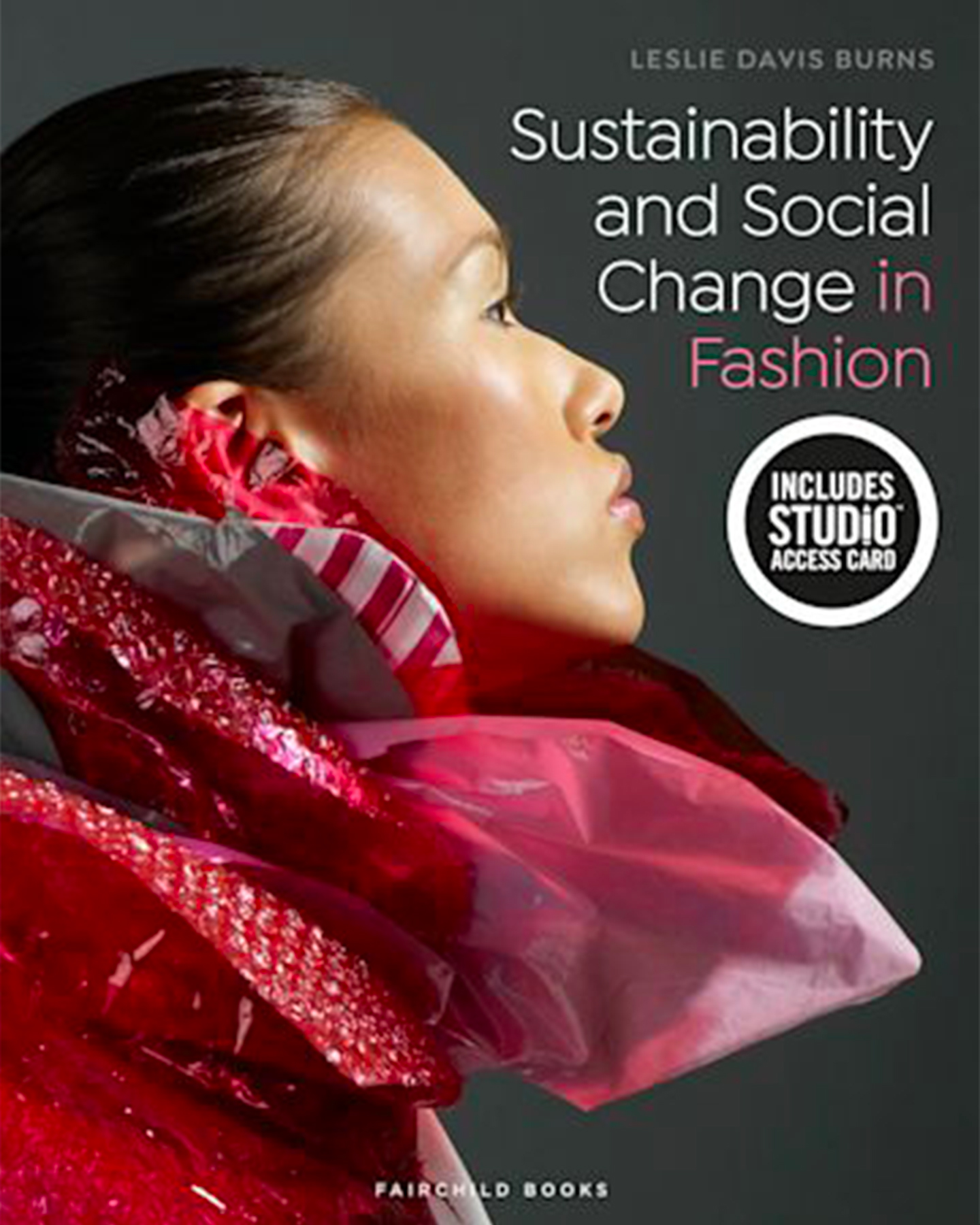
Every chapter of this Bloomsbury publication presents clear objectives and key terms. It covers Call to Action activities, case studies, conversations with industry professionals, and company highlights featuring brands such as ABL Denim, Eileen Fisher, Patagonia, Alabama Chanin, Everlane, thredUP, Krochet Kids intl, Loomstate, and Conscious Step.
These suggestions are a starting point to investigate one of the hottest research topics in the fashion industry today, and much more can be explored to learn more.
Strategies to make fashion responsible are an urgent action, and government legislation is constantly evolving; that’s why it is crucial to stay up-to-date with the news.
Definitely the new EU Green Claims Directive proposal, published on 22 March 2023, is something that no sustainability research can ignore.
Silvia De Vecchi
University Librarian, London


